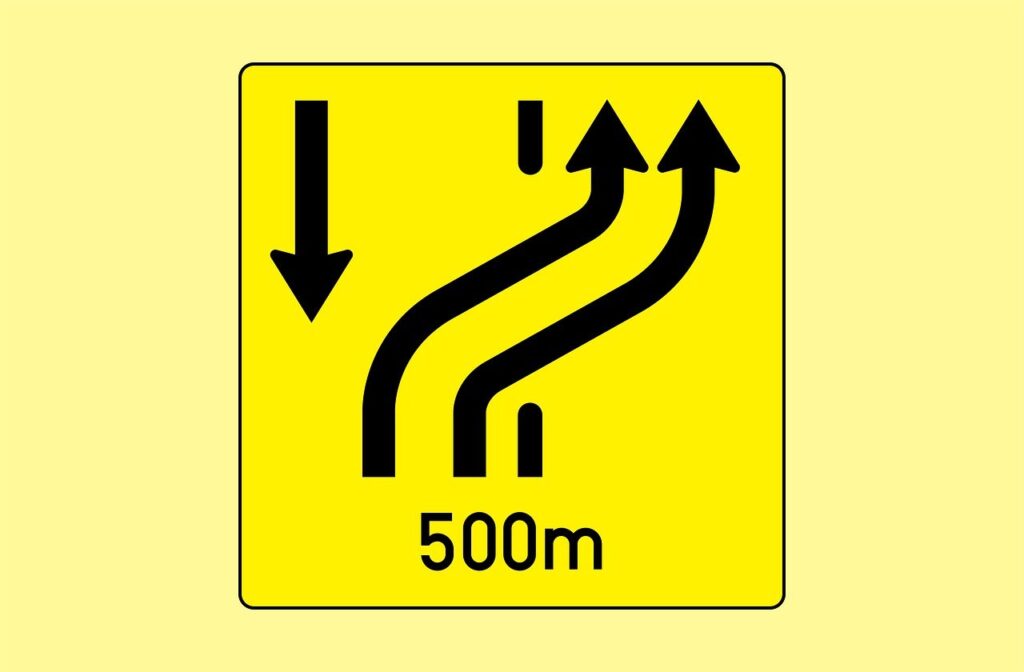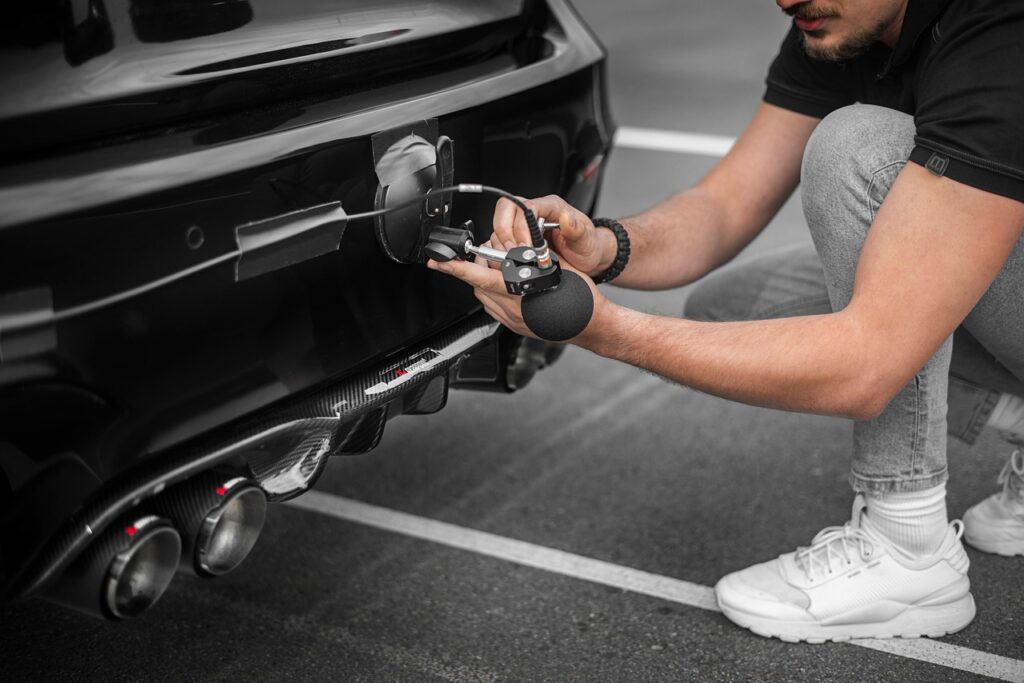In the bustling landscape of American roads, where millions navigate their daily commutes, the omnipresent risk of a traffic ticket looms large. While the United States is undeniably a country that loves to drive, even the most seasoned motorists can find themselves on the receiving end of a citation. These tickets, often carrying fines exceeding $100, collectively contribute to a multi-billion dollar industry each year. Understanding how these tickets work, the types of offenses involved, and what actions might instantly catch a police officer’s eye isn’t just about avoiding penalties; it’s about becoming a more informed and safer driver.
Navigating traffic laws can feel complex, as regulations vary significantly from state to state. However, a core set of behaviors and vehicle conditions are almost universally recognized by law enforcement as violations warranting immediate action. Police officers possess the authority to issue traffic tickets for a wide array of reasons, ranging from minor infractions to more serious offenses that can escalate to criminal charges. Crucially, in most scenarios, an officer must personally witness a violation to lawfully issue a ticket, ensuring a degree of fairness in the enforcement process.
This article aims to demystify some of the most common actions and conditions that police officers are specifically trained to look for, which can lead to an instant traffic ticket. By providing clear, actionable insights in the spirit of empowering drivers, we’ll delve into the practicalities of these observations. Our goal is to equip you with the knowledge to recognize these potential pitfalls and ultimately, help you navigate the roads more safely and with greater awareness, potentially saving you from fines, increased insurance rates, or even license suspension.
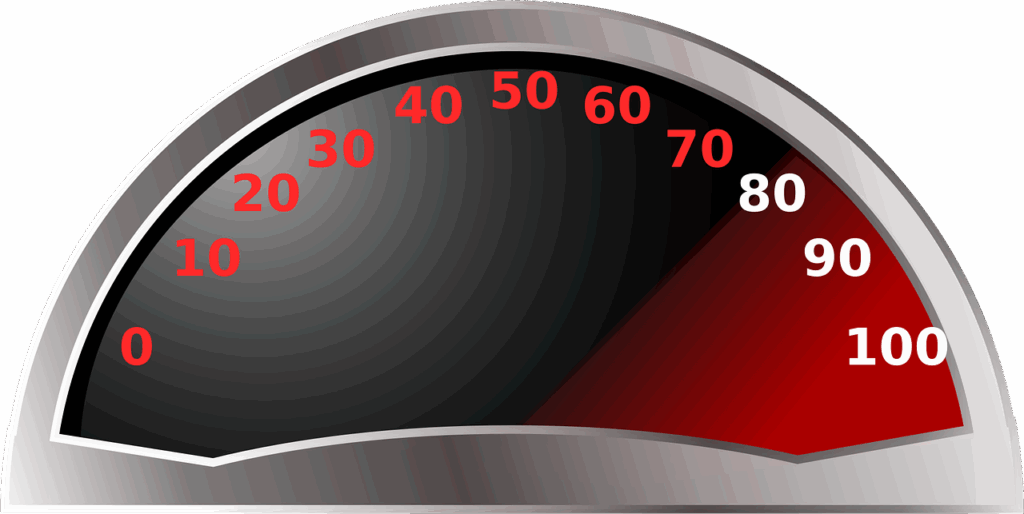
1. **Speeding**
Speeding stands out as one of the most prevalent reasons drivers receive traffic tickets, and it’s something police officers are constantly on the lookout for. It’s a fundamental traffic violation that significantly elevates the risk of accidents, as “the faster you’re going, the less time you have to react to potential hazards.” This simple truth underpins why law enforcement takes speeding so seriously and employs various methods, like radar guns and automated enforcement via traffic cameras (often called speed traps), to detect offenders.
Many jurisdictions categorize speeding tickets based on how far over the limit a driver is traveling, with higher penalties for more excessive speeds. While some tickets originate from traditional traffic stops, others result from these automated systems, which have their own set of varying laws depending on the state. The financial impact can be substantial, with fines potentially ranging “as low as $25 or as high as $1,000.”
Beyond the immediate fine, a speeding ticket carries longer-term consequences that police officers are well aware of. Such a ticket “will cause an average insurance increase of 22%,” directly impacting a driver’s monthly car insurance costs. Furthermore, speeding tickets can linger on your driver’s license record for a considerable period, often “3-11 years,” depending on state laws. In some states, there’s the option to attend traffic school, which might help avoid points on your license or keep the violation off your record, though availability depends on the specific offense and your driving history.
Read more about: Navigating the Automotive Minefield: Essential Car Accessories That Actually Save Lives (and the Gimmicks to Avoid)
2. **Running a Red Light or Stop Sign**
Police officers are highly vigilant for drivers who disregard traffic signals and stop signs, as these actions are direct violations that pose immediate dangers. While it might seem like a minor oversight, “running a red light or failing to stop at a stop sign might not sound like a serious problem” until you consider the broader impact. Research suggests that a significant portion of annual car accidents, approximately “20%,” are attributed to drivers failing to obey road signs and traffic lights.
These violations are often easily observable by police, either from patrol vehicles or through the increasing use of “automated cameras… at busy intersections,” which are specifically designed to catch red-light runners. The visual nature of these infractions makes them prime targets for instant ticketing. The consequences for failing to obey a traffic signal are not trivial; they typically include “several points added to your license.”
Financially, these tickets can range “anywhere from $50 to $500,” presenting a notable burden. Furthermore, much like speeding tickets, running a red light or stop sign can have a noticeable effect on your insurance premiums, with “the average insurance premium increase is 21%.” This emphasizes how quickly observable actions can lead to both immediate and long-term financial and record-keeping impacts.
Read more about: Beyond the Showroom: Unveiling 14 Visionary Vehicle Prototypes That Never Saw Production
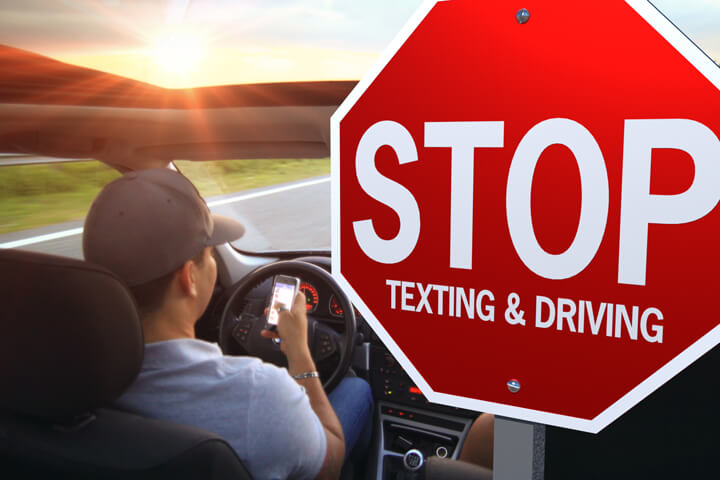
3. **Distracted Driving (Specifically Texting While Driving)**
In an age where mobile devices are ubiquitous, police officers are increasingly focused on identifying and ticketing distracted drivers, especially those texting behind the wheel. The context clearly states that “driving while distracted is never safe, and texting is one of the most dangerous distractions of all.” This highlights the serious risk such behavior poses, making it a priority for immediate enforcement during routine patrols.
As public awareness and state legislation evolve, “not all states have a specific ticket for texting behind the wheel,” but these tickets are becoming “increasingly common” as more states recognize the inherent hazards. Officers actively look for drivers holding phones, looking down, or exhibiting erratic driving patterns that are characteristic of someone not fully attentive to the road. This direct observation often leads to an instant traffic stop and citation.
If caught texting while driving, the immediate penalty can include a fine “of $20 to $250.” Beyond the initial financial hit, this moving violation also impacts your car insurance. “Your insurance premiums will also likely increase – the average increase is 21%.” This illustrates how an observable, dangerous habit can lead to immediate legal repercussions and lasting financial consequences.
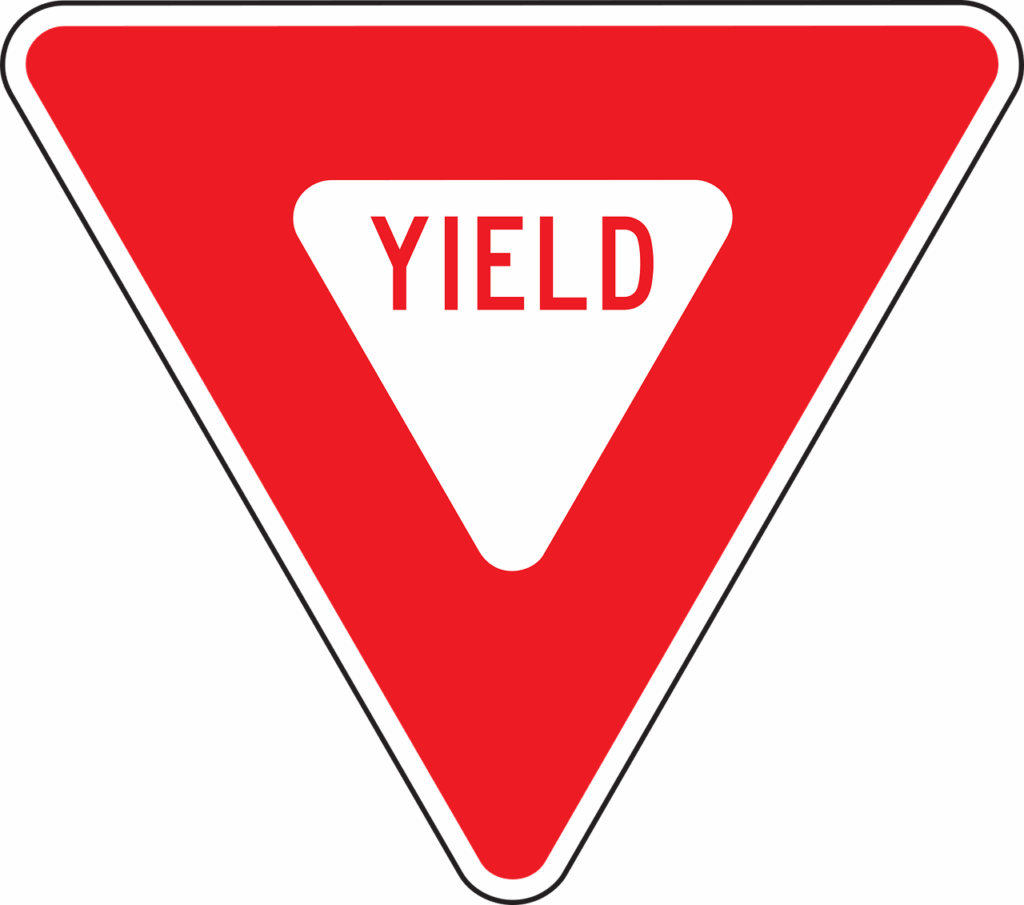
4. **Failure to Yield Right-of-Way**
Failing to yield the right-of-way is a specific traffic violation that police officers consistently observe, as it frequently disrupts traffic flow and creates hazardous situations. This action is explicitly listed as one of the “additional common traffic violations” and is recognized as one of the “leading causes of traffic accidents.” Officers are trained to spot instances where drivers disregard established right-of-way rules at intersections, merges, or when pedestrians are present, leading to swift enforcement.
This violation falls under the umbrella of moving violations because it occurs “when your car is in motion.” Such offenses are generally considered more severe than non-moving violations “because of the potential for an accident or other dangers.” When an officer witnesses a driver failing to yield, the potential for immediate danger is clear, justifying an instant ticket.
While specific fines for failing to yield aren’t detailed separately in the provided context, the general understanding for moving violations implies significant penalties. These often include fines and the addition of points to a driver’s license. Like other moving violations, such an offense “will often impact your insurance premiums” as it signals to insurance companies that the driver may represent a higher risk.
Read more about: Mastering Highway Exits: A Consumer Reports Guide to Safe, Smooth, and Stress-Free Departures Without Cutting Off Other Drivers
5. **Improper Lane Change**
Police officers are also on the lookout for improper lane changes, an observable maneuver that can quickly lead to unsafe road conditions. This action is categorized as an “additional common traffic violation” and is explicitly identified as one of the “leading causes of traffic accidents.” An officer witnessing a driver changing lanes without proper signaling, cutting off other vehicles, or making an unsafe lane change can issue a ticket immediately.
This falls squarely into the category of a moving violation, occurring “when your car is in motion.” Moving violations, in general, are associated with “stiffer penalties” compared to non-moving violations due to the heightened risk they pose to others on the road. The immediate danger created by an improper lane change makes it a prime target for police intervention and ticketing.
Although the context does not specify exact fines or insurance increases solely for improper lane changes, it is consistent with other moving violations. These infractions typically result in fines, points being added to a driver’s record, and a likely increase in insurance premiums. The principle is clear: any observable action that violates traffic laws and increases accident risk is subject to immediate ticketing by attentive police officers.
Read more about: Gone Too Soon: The Enduring Legacies of Movie Stars Who Shined Brightly Before Turning 30

6. **Reckless Driving**
Reckless driving is a highly visible and severe traffic offense that police officers are specifically trained to identify and address with immediate and serious action. It goes beyond simple infractions, often classified as a “misdemeanor or felony traffic violation” due to its grave potential for harm. The context emphasizes that “serious offenses like DUI and reckless driving are classed as moving violations,” but unlike minor tickets, they “often result in arrests instead of traffic tickets.” This underscores the immediate and significant consequences.
Officers recognize reckless driving through a pattern of aggressive, careless, or dangerous maneuvers that show a blatant disregard for the safety of others and property. Such actions are not just minor mistakes but deliberate choices that elevate the offense beyond an infraction. The immediate observation of such behavior can lead to a direct stop and arrest, not just a simple citation, reflecting the seriousness of the violation.
Being charged with reckless driving carries a range of severe penalties that can include “fines,” “driver’s license suspension,” and even “imprisonment.” “Misdemeanors can mean up to one year in jail, while felonies can lead to at least one year in prison.” Suspects facing these charges are afforded “all the normal rights afforded to criminal defendants,” including booking, bail processes, and the right to a jury trial and a court-appointed attorney. This illustrates how an officer’s observation of reckless driving can instantly trigger a cascade of serious legal consequences far beyond a standard traffic ticket.
Having navigated the initial six common pitfalls, it’s clear that police officers are keenly observant of behaviors that undermine road safety and legal compliance. As we delve deeper into this practical guide, we’ll uncover more specific actions and vehicle conditions that can instantly draw an officer’s attention, shifting from less severe infractions to those carrying potentially criminal weight. Understanding these next six critical areas isn’t just about avoiding a citation; it’s about mastering the nuances of driving responsibly and knowing your rights when faced with enforcement.
Read more about: Driving Expert’s ‘Clever’ Hack: Stop Tailgaters Safely Without Ever Touching Your Brakes
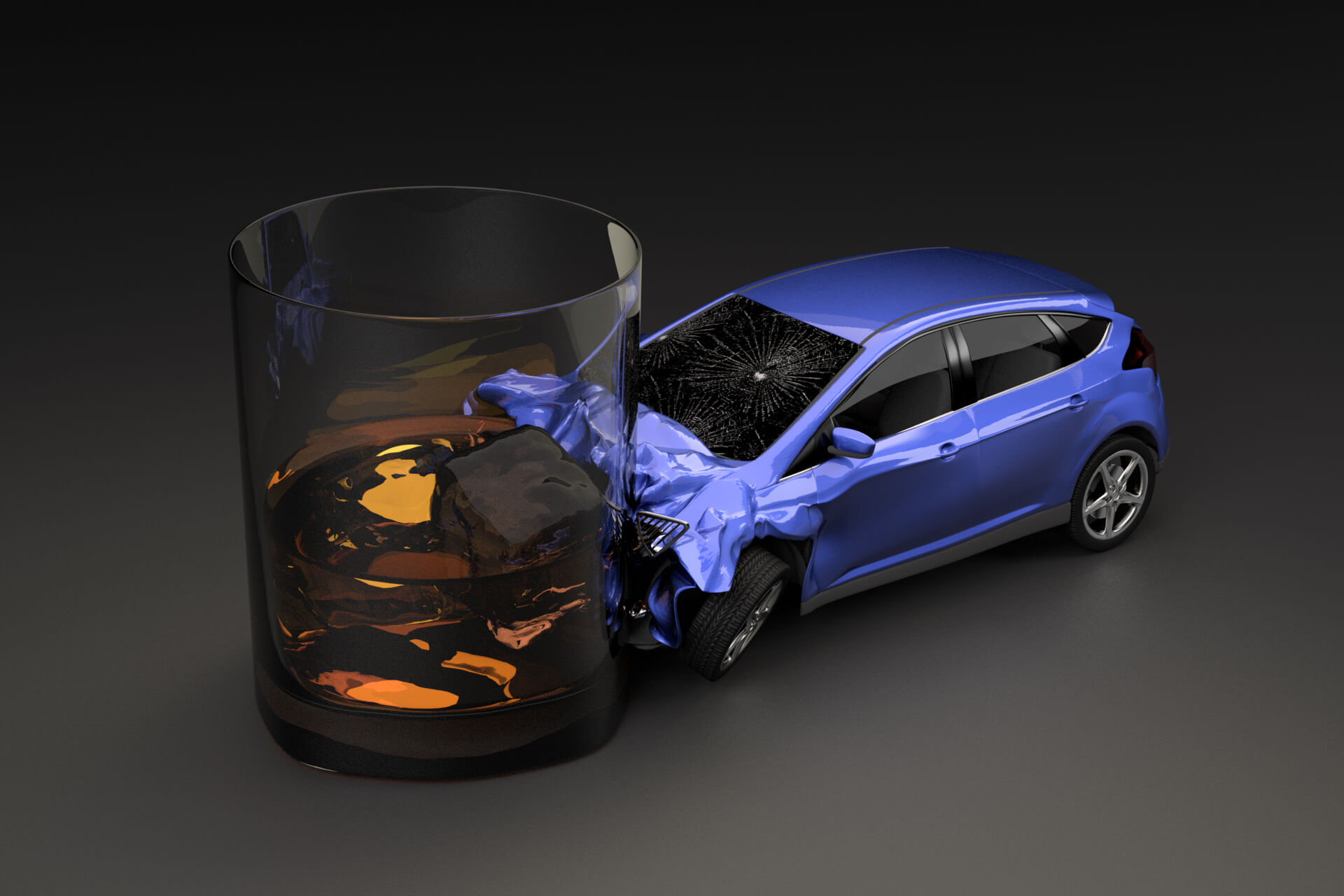
7. **DUI (Driving Under the Influence)**
Driving under the influence, commonly known as DUI, represents one of the most serious moving violations police officers are rigorously trained to detect and address. While many traffic offenses result in a ticket, DUI is distinct because it “often result[s] in arrests instead of traffic tickets.” This immediate escalation to arrest underscores the extreme danger and legal gravity associated with operating a vehicle while impaired, making it a top priority for law enforcement.
Officers look for clear indicators of impairment, such as erratic driving, swerving, slow reaction times, or other behaviors that signal a driver’s faculties are compromised. The observation of such signs often triggers field sobriety tests or breathalyzer use, which are direct tools in confirming impairment. The context explicitly lists DUI among “serious offenses” that can be classified as “misdemeanors or felonies,” depending on the jurisdiction and circumstances, highlighting the profound seriousness.
Unlike minor infractions that typically result in a citation, a DUI stop almost invariably leads to an arrest. This isn’t merely about issuing a fine; it’s about removing a dangerously impaired individual from the road and initiating a criminal investigation. The immediate consequence of an officer’s observation of potential DUI behavior is a full-fledged legal process that begins on the roadside.
A conviction for DUI carries a range of severe penalties, which can include significant “fines,” “driver’s license suspension,” and even “imprisonment.” The distinction between a misdemeanor and a felony is crucial, as “misdemeanors can mean up to one year in jail, while felonies can lead to at least one year in prison.” When facing such charges, individuals are afforded “all the normal rights afforded to criminal defendants,” including booking, bail processes, and the right to a jury trial and a court-appointed attorney, highlighting the profound legal implications of this observed violation.
8. **Leaving the Scene of an Accident (Hit and Run)**
Leaving the scene of an accident, often referred to as a “hit and run,” is another serious offense that police officers actively investigate, frequently leading to instant legal action. This violation can range dramatically “from a ticket to a felony charge,” depending on the severity of the incident. Officers look for this either through direct observation or, more commonly, by investigating accident scenes and gathering evidence to identify perpetrators who have unlawfully fled.
The legal repercussions hinge on the damage or injury caused. If you “lightly bump a car in a parking lot and don’t stop to leave your contact information,” you’ll likely receive a ticket. However, if you’re involved in “leaving the scene of an accident with injuries or major property damage,” it “is more likely to result in criminal charges.” The context also states that “in many states, leaving the scene of an accident where there is a serious injury or death is a felony offense,” signaling the profound seriousness of such an act.
To avoid this serious charge, understanding your state’s laws post-crash is crucial. If you hit a parked car or property, most states mandate “a reasonable effort to locate the owner.” If unsuccessful, you’re usually required to “leave a note with your name, contact information and insurance information.” Failing to comply with these straightforward duties can result in being ticketed for a hit and run, escalating a minor incident into a significant legal problem.
When an officer investigates a hit and run, they are not just looking for a simple traffic violation. They are addressing an incident that can involve property damage, serious injury, or even death, which are grounds for criminal charges. The process for these serious charges involves all the “normal rights afforded to criminal defendants,” meaning a much more involved legal battle than a standard traffic ticket.
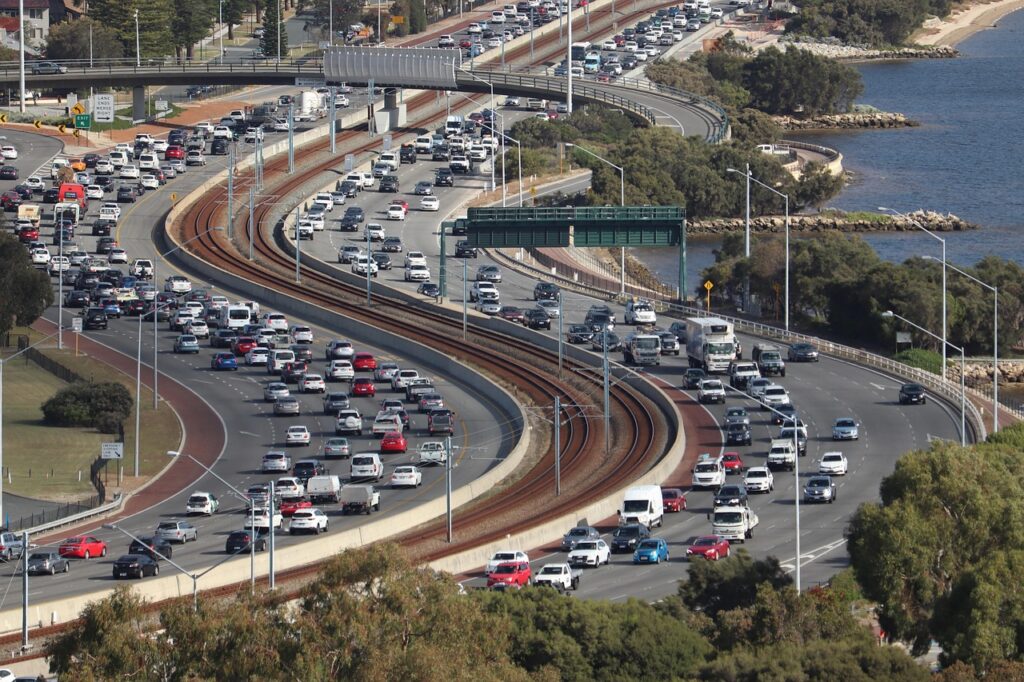
9. **Following Too Closely (Tailgating)**
Police officers are also highly attentive to drivers who “follow too closely,” an action informally known as “tailgating.” This behavior is explicitly listed among “additional common traffic violations” and is recognized as one of the “leading causes of traffic accidents.” The immediate danger posed by insufficient braking distance makes tailgating an easily observable violation that officers are quick to ticket, aiming to prevent rear-end collisions and maintain safe traffic flow.
As a “moving violation,” tailgating occurs “when your car is in motion,” placing it in a category of offenses that typically carry “stiffer penalties” than non-moving violations. The reasoning behind this is clear: such actions inherently create a higher “potential for an accident or other dangers” for everyone on the road. An officer observing a driver failing to maintain a safe following distance has direct grounds for a traffic stop and an instant citation.
While specific financial penalties for tailgating aren’t detailed in the provided information, the general consequences for moving violations are well-established. Drivers can expect to face “fines” and the inevitable “points added to your driving record.” Furthermore, like other moving violations, such an offense “will often impact your insurance premiums,” signaling to insurance providers that the driver poses an increased risk and could lead to higher monthly costs.
While specific state laws might vary on the exact definition of “following too closely,” the core principle remains consistent across jurisdictions. Police discretion plays a role, but if the officer observes a clear and immediate danger created by a driver’s proximity to another vehicle, a ticket is almost certain. This is why maintaining an adequate following distance, often referred to as the “three-second rule,” is a universally advised practice to avoid both accidents and citations.
Read more about: Navigating the Road Ahead: An In-Depth Look at the Most Common Driving Mistakes That Cause Accidents

10. **Expired or No Registration**
Even when your car is stationary, police officers can issue tickets for “expired or no registration at all,” a clear example of a “non-moving violation” that still warrants immediate attention. While these offenses typically don’t occur while the car is in motion, officers frequently discover them during routine traffic stops for other reasons, or even when a vehicle is parked. They are on the lookout for current registration tags and valid documentation as part of ensuring all vehicles on the road are legally compliant.
Non-moving violations are generally considered less severe than their moving counterparts because they don’t directly pose an immediate risk of accident from a moving vehicle. However, they are fundamental to vehicle legality. The context explains that “non-moving violations are considered to be traffic tickets” issued for “vehicle-related offenses that happen when you’re not driving,” or discovered incidentally when an officer interacts with the vehicle or driver.
The primary penalty for an expired or no registration ticket will be a fine. While the context notes that “most of the time, non-moving violations will not impact your insurance premiums,” it also cautions that this isn’t a guarantee. Should you “accumulate many non-moving violations in a short span of time or fail to pay any tickets you receive,” your insurer “may decide it needs to increase your premiums.” This underscores the importance of keeping your vehicle’s documentation current.
Neglecting to keep your vehicle’s registration current might seem like a minor administrative oversight, but it can quickly escalate. An “unpaid ticket” for registration can, over time, “result in more serious legal consequences, including the possibility of a warrant being issued.” This highlights that even seemingly innocuous non-moving violations require prompt attention to avoid compounding legal troubles.
Read more about: 15 Expert Secrets to Drive Ticket-Free: Decoding Police Signals You Never Saw Coming
11. **Equipment Violations**
Police officers consistently look for a range of “equipment violations,” which encompass issues like “broken taillights,” “illegal modifications (like loud exhaust systems or underglow lighting),” “failing to properly display your license plate or address a plate light issue,” and “too-dark window tint.” These are critical aspects of vehicle safety and legality, and officers can issue tickets for them even if they didn’t directly observe the modification or fault in motion, often discovering them during a stop initiated for another reason.
These infractions are categorized as “non-moving violations” but are actively enforced because they relate directly to the safe and lawful operation of a vehicle. For instance, a broken taillight impairs visibility, and an unreadable license plate hinders identification. The context highlights that officers can issue tickets for these issues “no matter if you received the ticket while parked or after being pulled over by an officer,” emphasizing their constant vigilance for vehicle condition.
Penalties for equipment violations primarily involve fines. The specific amount can vary, such as “How Much Is A Ticket For A License Plate Light Out?” which implies a specific fine structure for different equipment issues. While they are less likely to impact insurance premiums than moving violations, maintaining your vehicle to meet legal standards is essential not only for avoiding tickets but also for ensuring your own safety and the safety of others on the road.
The enforcement of equipment violations is not arbitrary; it’s rooted in ensuring vehicle safety and compliance with state-specific regulations. From “illegal modifications” like certain “underglow lighting” to a simple “broken side mirror,” these defects can compromise the driver’s ability to operate the vehicle safely or make it difficult for other drivers to anticipate actions. Officers are essentially performing a roadside safety check, ready to issue a ticket for any non-compliance that impacts road safety or legal visibility.
Read more about: Highways on the Horizon: Unpacking the Major Changes Set to Redefine American Driving
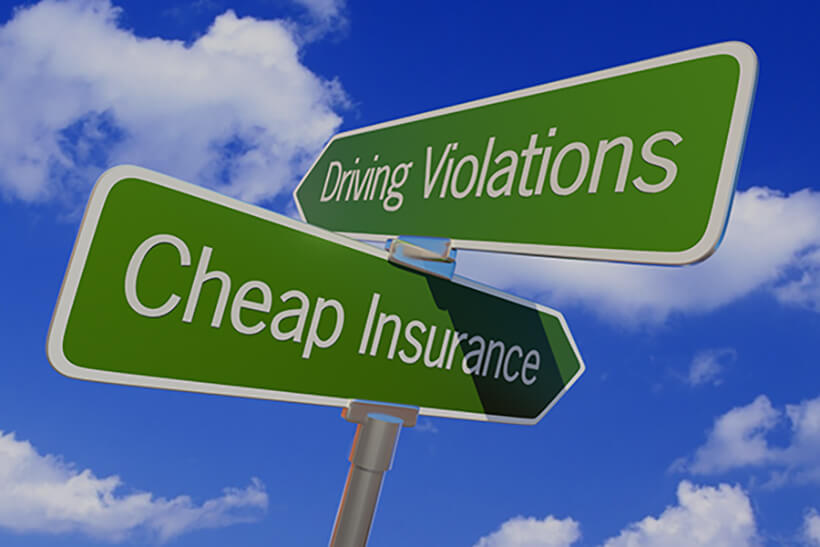
12. **Driving Without a Valid License or Insurance**
Finally, driving “without a valid license” or “without auto insurance” are among the most significant offenses police officers look for, often uncovered during routine traffic stops. These aren’t just minor infractions; they are fundamental breaches of driving law, explicitly mentioned as more “severe” than infractions and capable of being classified as “misdemeanor or felony traffic violations.” Officers are trained to verify licenses and insurance as part of nearly every traffic stop, making these instant grounds for serious repercussions.
Driving without a valid license, or with a suspended or revoked license, immediately elevates the seriousness of a traffic stop. The context states that such actions, alongside DUI and reckless driving, are “violations” that “are usually considered a crime.” Penalties can be severe, including “jail time,” “fines,” and further “driver’s license suspension.” For instance, “What If You’re Caught Driving Without A License?” points to significant legal consequences beyond a simple ticket.
Similarly, driving without auto insurance is a critical violation. The context lists it among “violations” that are “more severe than an infraction.” While specific fines aren’t detailed, the lack of insurance poses enormous financial risks in case of an accident and is treated with severity by law enforcement. These offenses don’t just result in tickets; they can trigger criminal charges, subjecting individuals to the full range of “normal rights afforded to criminal defendants,” including the booking and bail processes and the right to legal counsel, highlighting the immediate and profound legal consequences of these fundamental driving failures.
The consequences of driving without a valid license or insurance extend far beyond the immediate ticket or arrest. These violations signal a fundamental disregard for public safety and legal responsibility, impacting everything from your ability to drive legally in the future to your financial liability in the event of an accident. It’s a clear demonstration of why police prioritize checking these credentials, as they are foundational to the entire system of regulated driving.
Read more about: Navigating the Automotive Minefield: Essential Car Accessories That Actually Save Lives (and the Gimmicks to Avoid)
By understanding these 12 critical areas that consistently catch a police officer’s attention, you’re not just arming yourself against fines and points; you’re cultivating a deeper awareness of safe and responsible driving practices. The highway of life, much like our nation’s roads, requires a keen eye and an informed approach. With this essential knowledge, you’re not merely driving; you’re navigating with foresight, ensuring your journeys are as smooth, compliant, and ultimately, as empowering as possible. Stay vigilant, stay informed, and drive smart – your license, your wallet, and your invaluable peace of mind will undoubtedly thank you for it.



